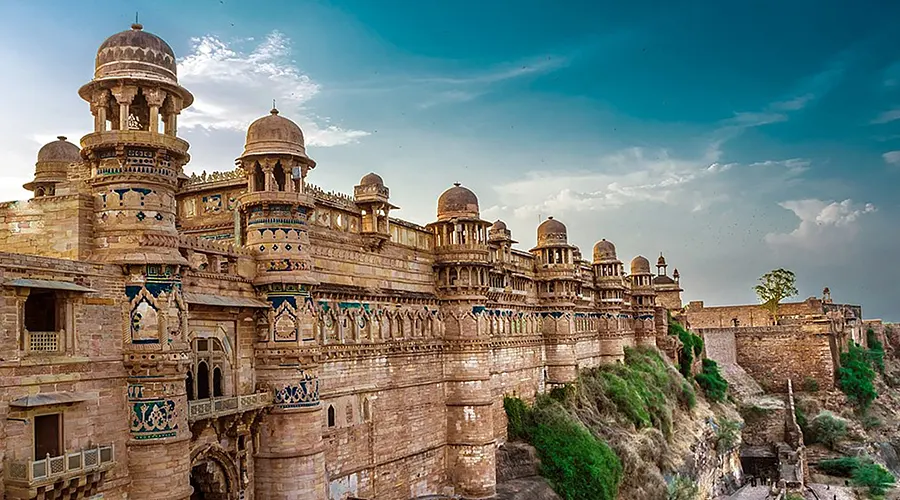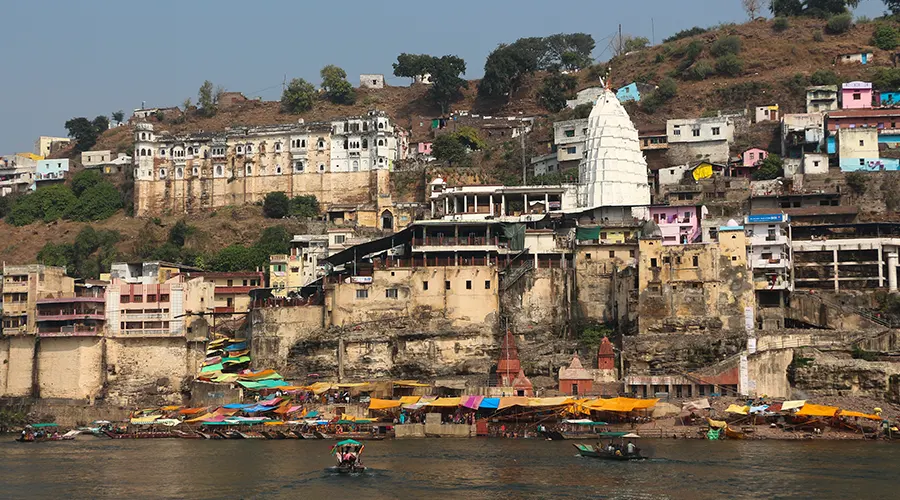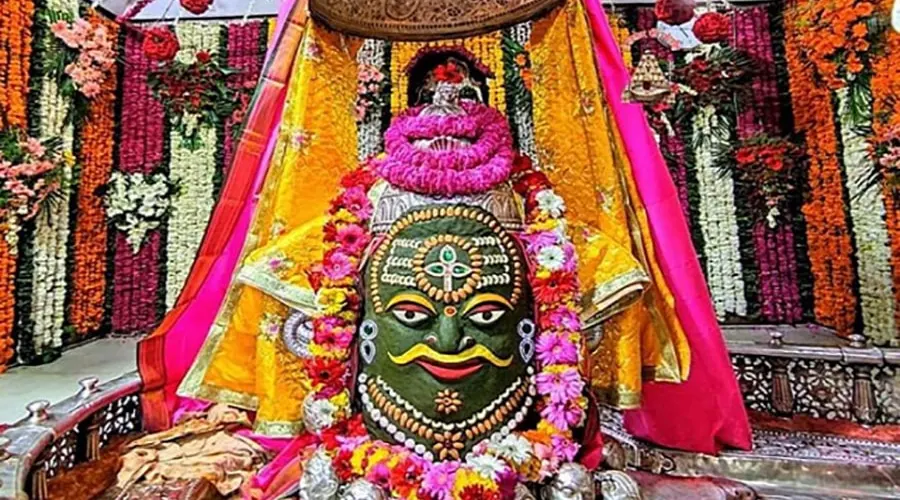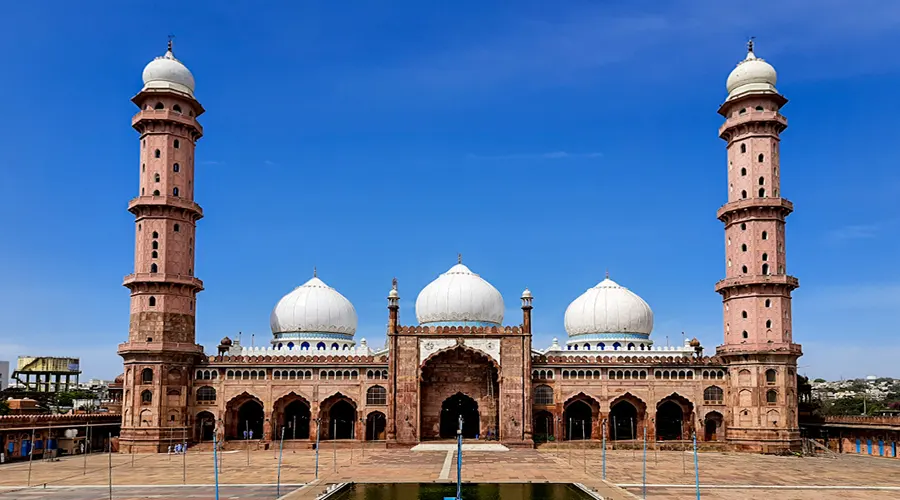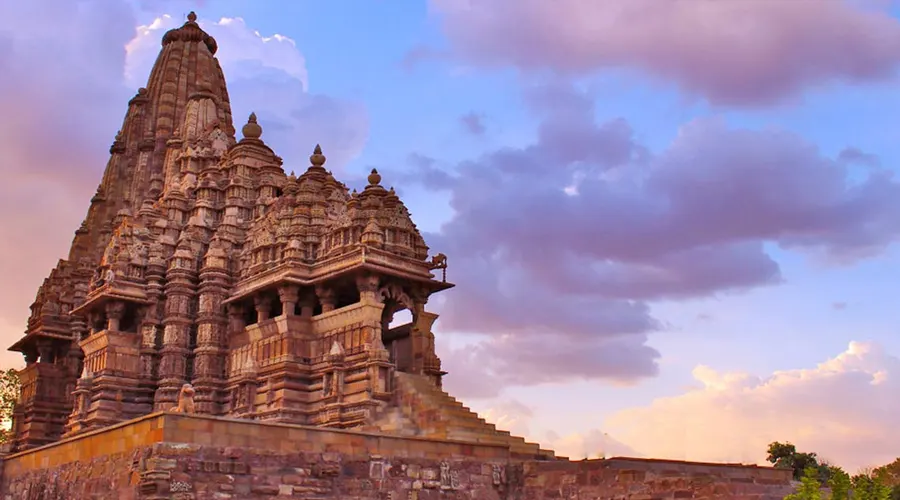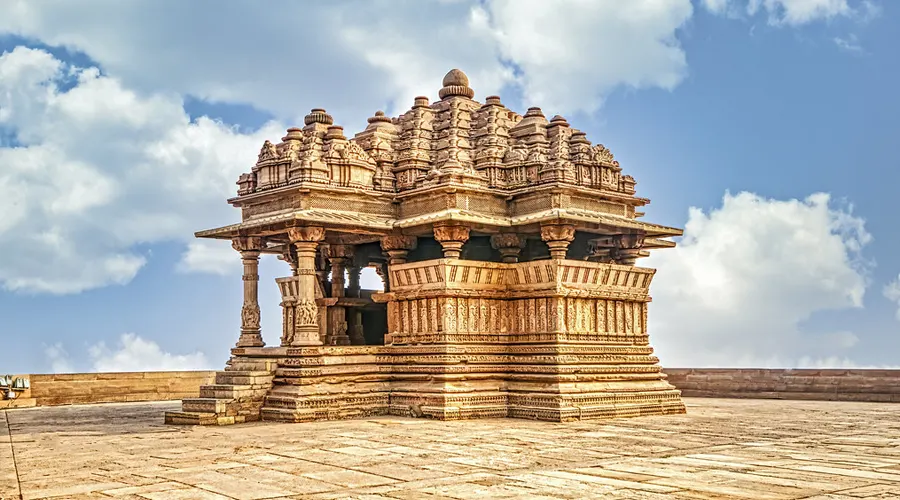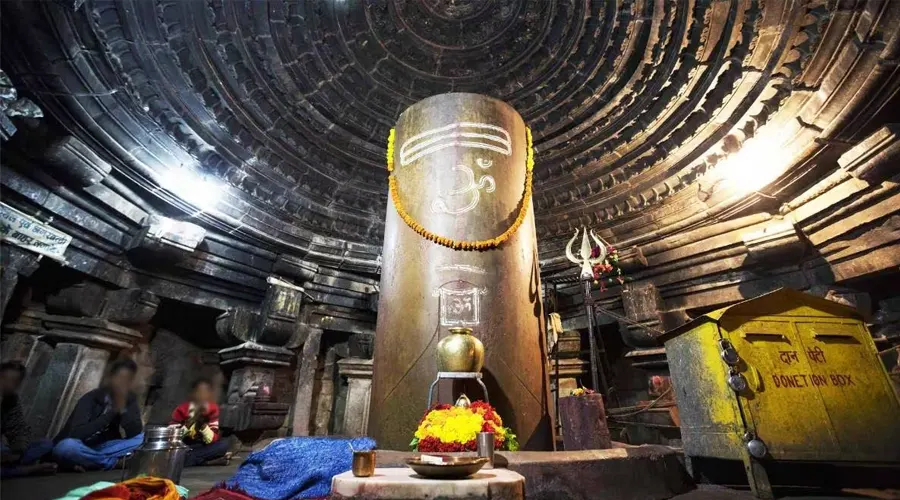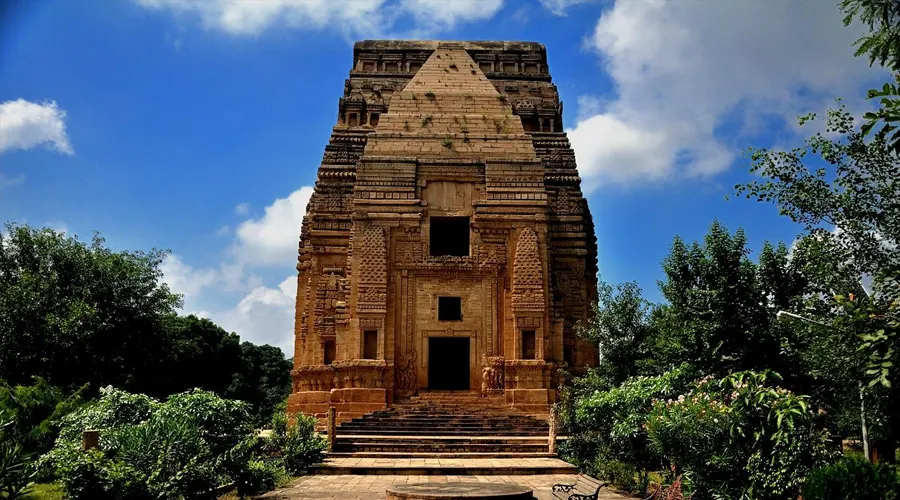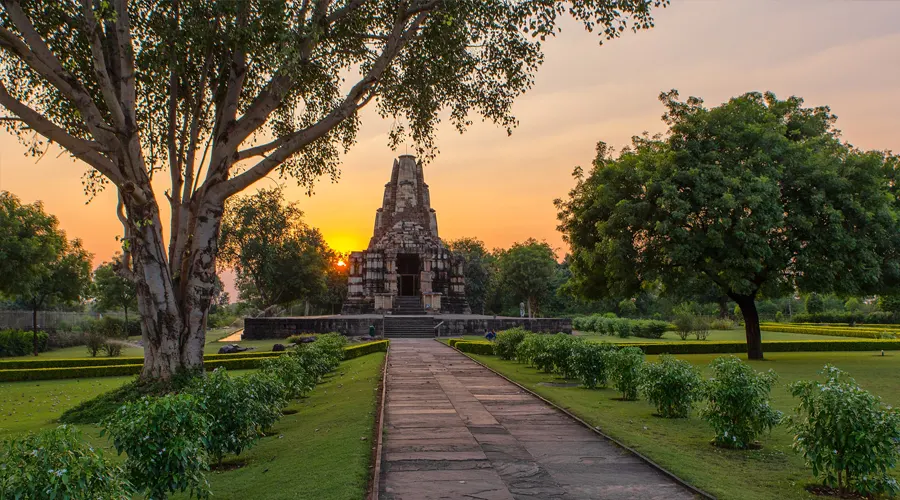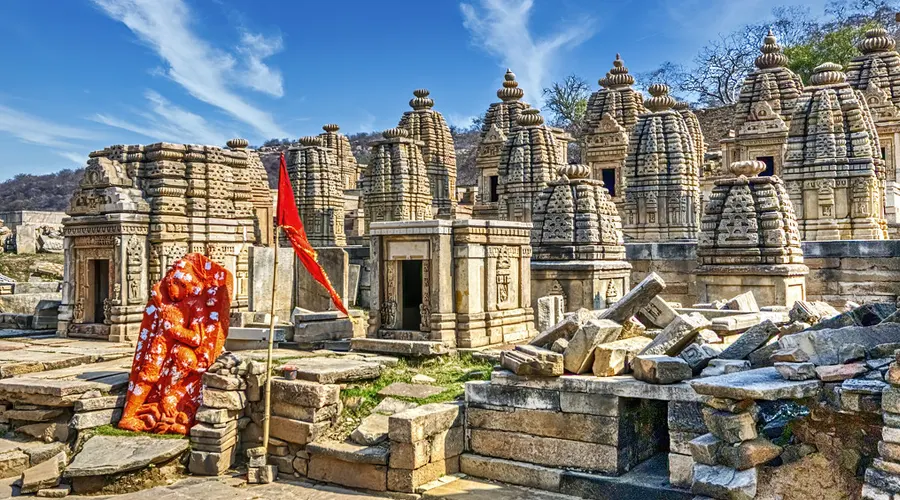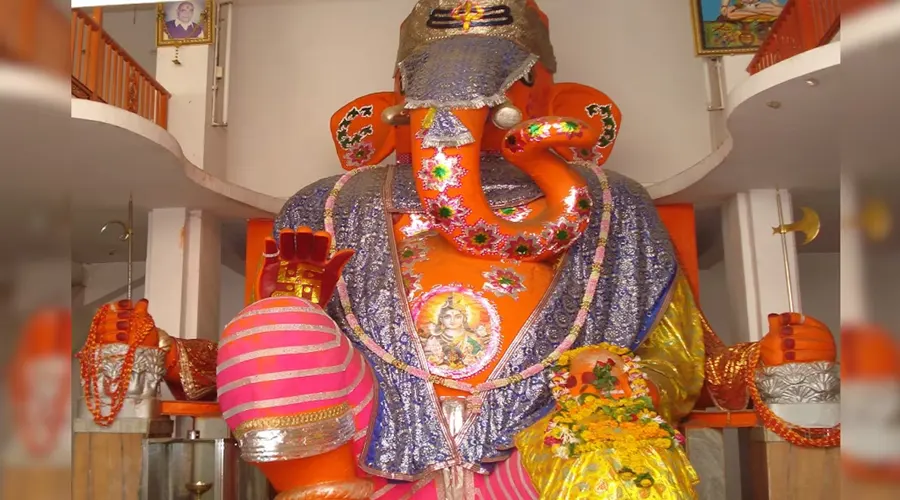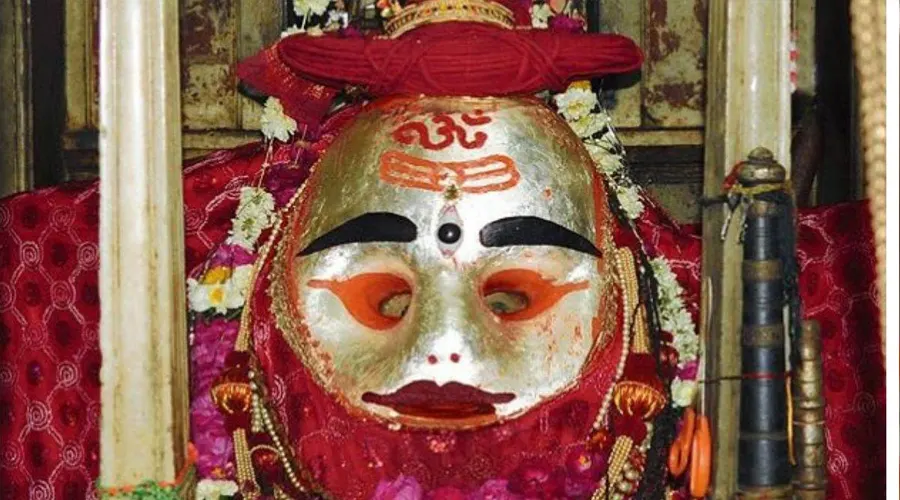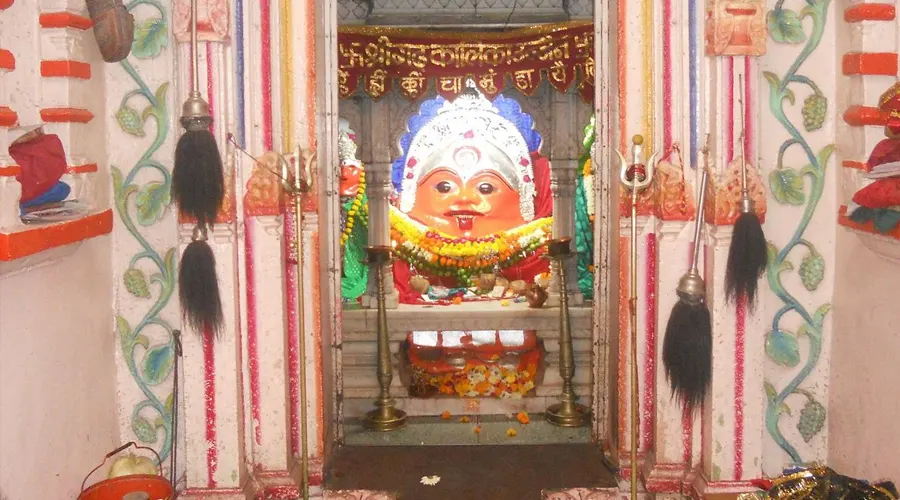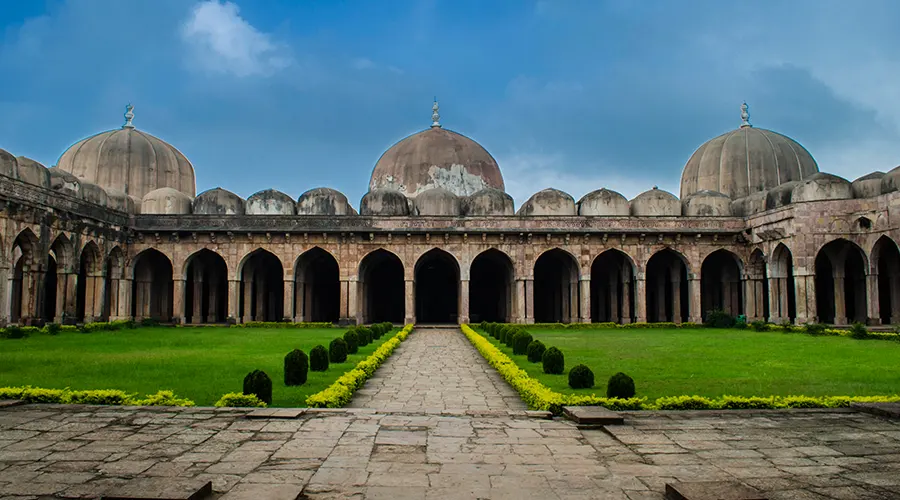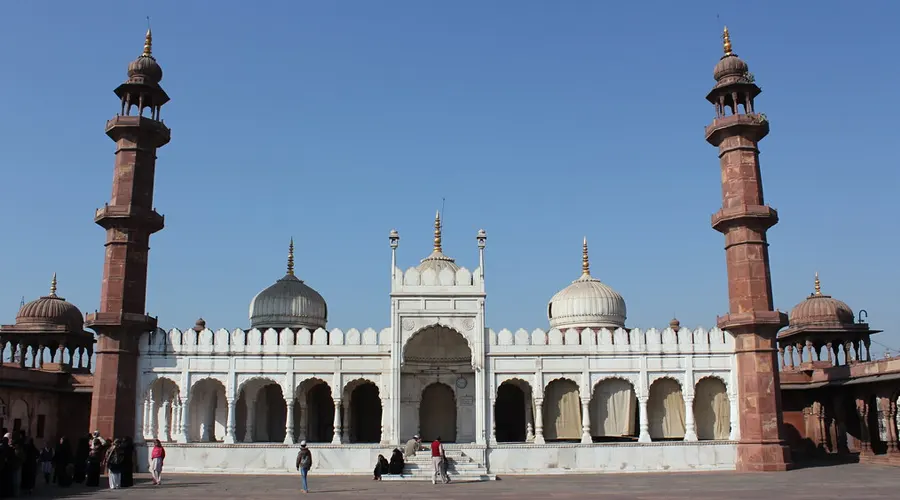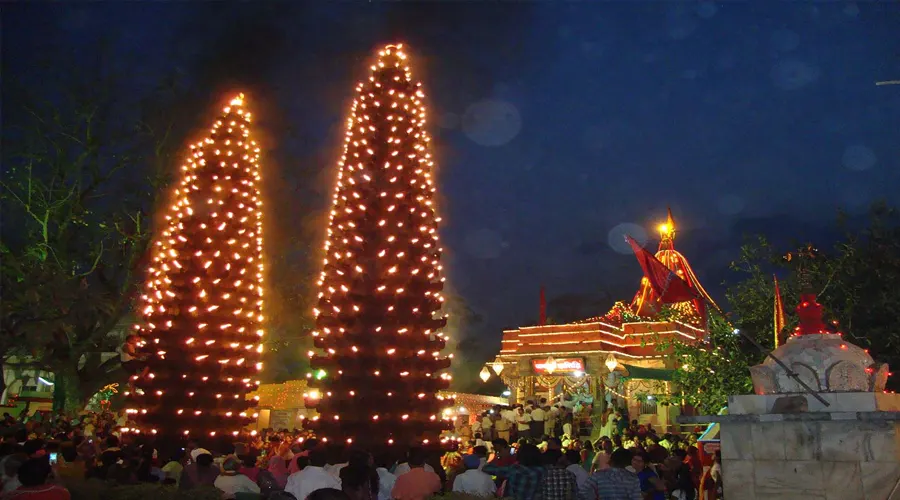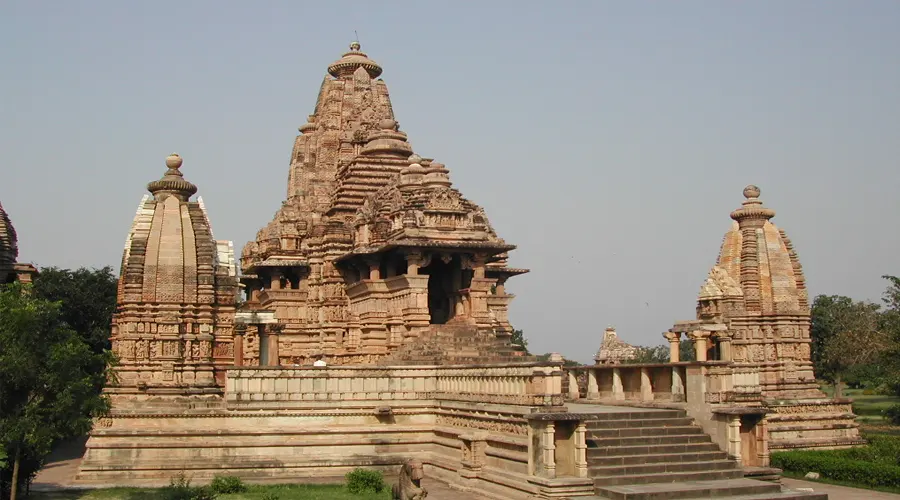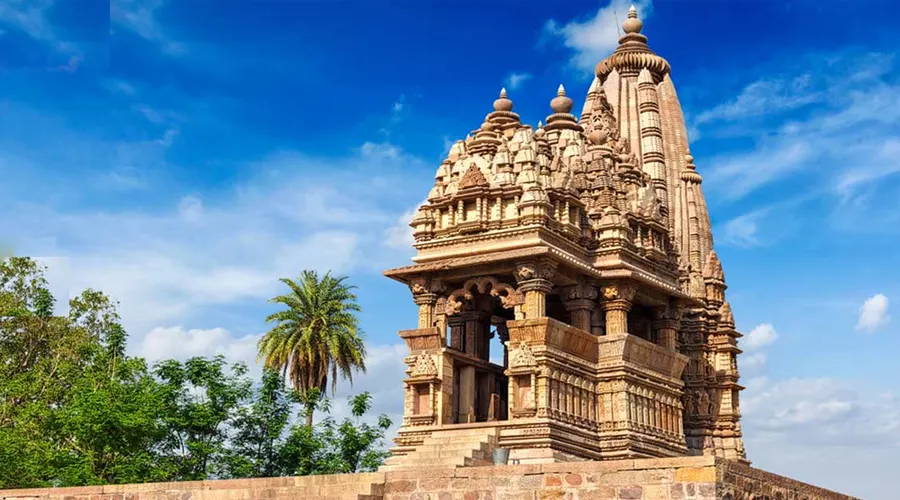Gwalior Fort
India is a country that is surrounded by a rich history spanning era after era. Forts were fundamentally built to protect from enemies and till now the forts of India stand strong. How wonderful it is after so many years, India has maintained the beauty and exquisiteness of its forts. One of the majestic forts in India is the Fort of Gwalior in Madhya Pradesh.
The imposing architecture of Fort Gwalior embedded by the concrete walls of sandstone dominates the complete city of Gwalior. The beautiful carvings of the fort comprise the second oldest reference to the number “Zero” which can be seen at the top of the fort. The architecture of the marvelous fort has a fascinating history associated with it which can be seen in two different parts. Temples and palaces reflect the fine artistry in the hands of the workers who created this beautiful palace. The exterior is also sculpted exquisitely containing blue ceramic tiles.
History of Gwalior Fort
The exact period during which the Gwalior Fort was constructed is not yet known. According to legends, this imposing fort was built in the 3rd century by a local king Suraj Sen. The king had recently been cured of leprosy with the help and blessings of a sage named Gwalipa, who had offered him water from a sacred pond. The grateful king then built this fort and named it after the sage. The word Gwalior is derived from the saint's name- Gwalipa. The sage bestowed the title Pal, which means protector, upon the king; and declared that the fort would remain in his family's possession as long as they bore this title. Interestingly enough, the fort remained with the 83 descendants of Suraj Sen Pal, but the 84th descendant named Tej Karan lost the fort.
In the years that followed, the Gwalior Fort has witnessed many ups and downs. It also changed hands many times and has been held by the Tomars, Mughals, Marathas, and the British, before finally being handed over to the Scindias.
Architecture of Gwalior Fort
Surrounded by concrete walls of sandstone, the Gwalior Fort encloses three temples, six palaces, and several water tanks, and is truly an architectural marvel. The different palaces and temples are a reflection of the architectural finery and skill that existed during those times and continues to be appreciated to date.
The most beautiful place on the entire premises is no doubt the Man Mandir Palace, which with its amazingly elaborate structure, seems to hang at the edge of the striking fort. Blue ceramic tiles form the facade of this breathtakingly beautiful palace. The Teli-ka-Mandir, built in the 9th-century Dravidian style, rises to a height of over 100 feet and is famous for its blend of South Indian architecture with North Indian decorative motifs, as well as an exquisitely sculpted exterior. The Saas-Bahu temples on the eastern side of the fort are also larger-than-life examples of 11th-century temple architecture.
Gwalior Fort Light and Sound Show
Dazzle your eyes with the splendid and remarkable sound and light show hosted every evening in the Fort of Gwalior. When you will witness the show, it will seem that you are experiencing the history of the fort as the show is very well performed. The show showcases the love story of Raja Man Singh and Queen Mrignayani.
The show is conducted in the amphitheater in Man Mandir and the timings of the show are: Hindi Show starts at 7:30 PM and English Show begins at 8:30 PM.

